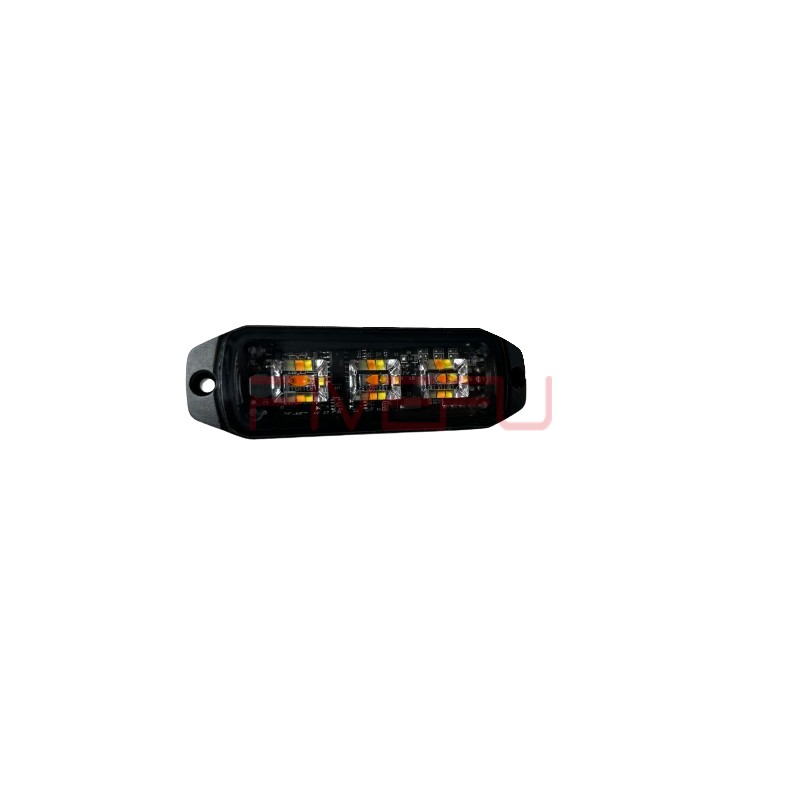Drivers often flash headlights to warn others of hazards or speed traps. Misusing signals can create accidents and even attract fines. Knowing the legal boundaries helps avoid penalties and ensures safe driving.
Flashing headlights at passing cars can be legal or illegal depending on jurisdiction. Some states allow it as a safety warning, while others may classify it as driver interference or obstruction. Always check local traffic laws before signaling.
Different regions treat flashing headlights differently. Let’s explore how laws vary and what drivers must know.
Why Do Drivers Flash Their Lights?
Drivers flash headlights for several reasons: to alert about police speed checks, signal right of way, warn of hazards, or communicate intentions in low visibility. While often meant to improve safety, the gesture can be misunderstood or misused. For example, flashing to force another car to move can be aggressive and unsafe.
Laws in the United States
In the U.S., legality depends on state laws:
-
Permitted States: Some courts (e.g., Florida, Pennsylvania) ruled that flashing headlights is free speech under the First Amendment when used to warn about speed traps.
-
Restricted States: In other states, flashing may be cited as “improper use of headlights,” leading to fines. For example, in Missouri, it was once considered obstruction of justice.
-
Context Matters: Using lights briefly as a courtesy signal (e.g., letting someone merge) is generally legal, but prolonged or aggressive flashing may be penalized.
International Perspective
-
United Kingdom: Flashing headlights is legal only to warn of presence; using it to communicate anything else can be deemed misuse.
-
Australia: Laws vary by state. Flashing to warn of police speed traps may lead to fines.
-
European Union: Rules differ across countries; generally, flashing is allowed to prevent accidents but not to obstruct enforcement.
Safety and Legal Risks
Even in regions where it is technically legal, flashing headlights carries risks:
-
Misinterpretation may cause crashes.
-
Police may view it as interfering with enforcement.
-
Overuse at night can temporarily blind oncoming drivers.
Best Practices for Drivers
-
Check local laws: Know what’s permitted where you drive.
-
Use signals for safety only: Flash briefly to warn of danger ahead, not for personal convenience.
-
Avoid aggressive flashing: It can be seen as road rage.
-
Consider alternatives: Use hazard lights when appropriate instead of headlights.
Summary
Flashing headlights may be legal in some regions but risky if misused. Always follow local laws and prioritize safety.









